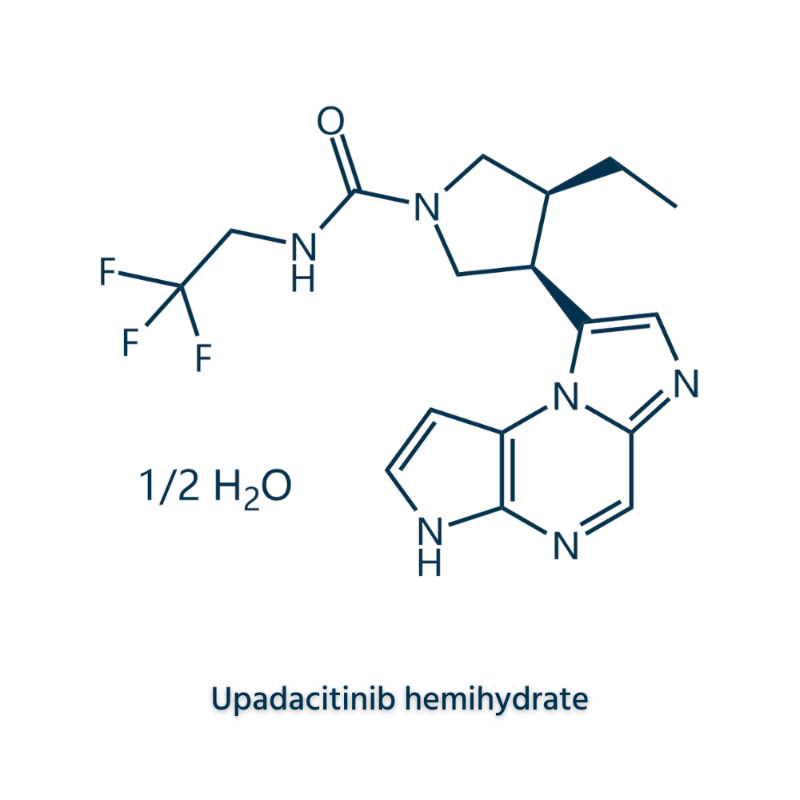Retrospective analysis of the correlation between excision and prognosis of gliomas
-
Last Update: 2020-06-03
-
Source: Internet
-
Author: User
Search more information of high quality chemicals, good prices and reliable suppliers, visit
www.echemi.com
Ref: Hervey-Jumper SL and Berger MSNeurosurg Clin N Am2019 Jan; 30 (1): 85-93doi: 10.1016/j.nec.2018.08.005Epub 2018 Nov 1low-grade glioma (Low-grade glioma, LGG) can attack surrounding brain tissue and is therefore difficult to cureA growing body of research has shown that the maximum removal of tumors, with minimal tumor residue, can extend overall survival (OS) and non-progressive life (PFS)Mitchell SBerger, of neurosurgery at the University of California, San Francisco, and others looked at the correlation between tumor excision range and prognosis, and found that the effect of the scope of excision on different molecular subtypes of LGG was still unclear, and that speech, motor and cognitive impairment caused by extensive excision could affect OS and quality of lifeResults are available on pages 85-93 of Neurosurg Clin N Am, January 2019as of 1990, 30 studies have confirmed that expanding the range of tumor removal can significantly extend OS and PFS in LGG patients (Table 1)According to who 2016 glioma classification criteria, the median OS of IDH1 mutant type II-grade glioma was 9-10 years, while the median OS of the idh1 mutation, 1p19q, was missing for less protrusive gliomas for more than 14 yearsWHO class-stage gliomas, regardless of molecular subtype, have full-removed patients with OS of up to 61.1-90 monthsClaus and others reported that the excision range of more than 80% or residual tumor volume less than 10mL, has a positive therapeutic effectNow, the accidental discovery of LGG, which has been surgically removed, believes that maximum removal of the glioma signal range of preoperative MRI-T2 weighted or FLAIR sequence scans can significantly improve LGG's natural course of disease;Table 1A literature summary of the degree of removal of low-level gliomas and the prognosis according to who's latest molecular diagnostic criteria for glioma, the use of molecular marker typecan can improve the accuracy of predicting patients' treatment response and prognosis (Figure 1) However, compared with the poor prognosis of star-shaped glioma, the problem of whether the prognostic glioma needs to expand the scope of excision is still not solved Due to the small number of study samples and the short follow-up time, it is not possible to give conclusive evidence on the degree of subtype excision of different molecular subtypes of gliomas Figure 1 Molecular credit type of WHO Class II glioma finally, the authors believe that determining the maximum excision range of low-level glioma sylhoitosis must be considered together with the prognosis of nerve functions, including motor, speech and nonverbal cognitive functions; At present, some scholars have proposed to choose conservative, safe surgery in the early stage of glioma, as far as possible to retain the functional area, and when the tumor recurs, on the basis of measuring the range of speech and exercise functional areas, choose to perform a complete excision This concept of phased excision is still in early practice Most of the data for brain functional area positioning should be measured by non-invasive indirect measurement of functional MRI, PET and transcranial magnetic stimulation, and a reasonable excision range should be selected in combination with the molecular parting of glioma When the excision range is greater than 90%, the 10-year survival rate of low-grade gliomas can reach 91% Because speech, movement, and cognitive function are affected by the cortical contact structure, the determination of the maximum excision range must be combined with research into the neural network of the brain affected by gliomas.
This article is an English version of an article which is originally in the Chinese language on echemi.com and is provided for information purposes only.
This website makes no representation or warranty of any kind, either expressed or implied, as to the accuracy, completeness ownership or reliability of
the article or any translations thereof. If you have any concerns or complaints relating to the article, please send an email, providing a detailed
description of the concern or complaint, to
service@echemi.com. A staff member will contact you within 5 working days. Once verified, infringing content
will be removed immediately.







